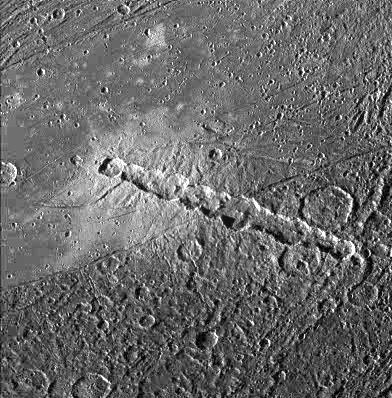Datei:Chain of impact craters on Ganymede.jpg
aus Wikipedia, der freien Enzyklopädie
Chain_of_impact_craters_on_Ganymede.jpg (392 × 398 Pixel, Dateigröße: 51 KB, MIME-Typ: image/jpeg)
Dateiversionen
Klicke auf einen Zeitpunkt, um diese Version zu laden.
| Version vom | Vorschaubild | Maße | Benutzer | Kommentar | |
|---|---|---|---|---|---|
| aktuell | 20:14, 21. Jul. 2006 |  | 392 × 398 (51 KB) | wikimediacommons>Peter439 | {{Information |Description=A chain of craters on Jupiter's moon Ganymede, probably caused by the impact of a fragmented comet. The picture covers an area about 120 miles wide. |Source= from http://antwrp.gsfc.nasa.gov/apod/ap011215.html |Date=1994 |Author |
Dateiverwendung
Die folgenden 4 Seiten verwenden diese Datei:


